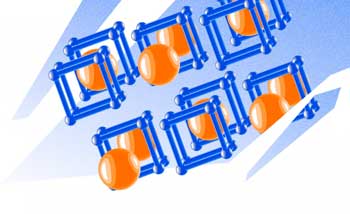
Friday, November 9, 2018
Nature-inspired crystal structure predictor
How to produce fluorescent nanoparticles for medical applications in a nuclear reactor
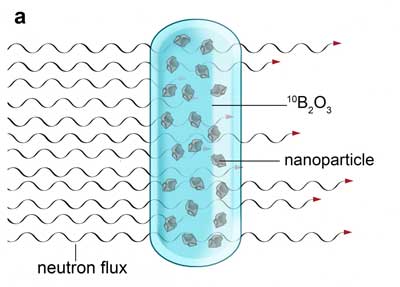
A new path through the looking-glass
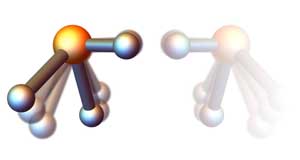
Cellphone combined with nanotechnology to detect HIV viruses

First-ever prostate cancer treatment uses gold nanoparticles to destroy tumorous cells
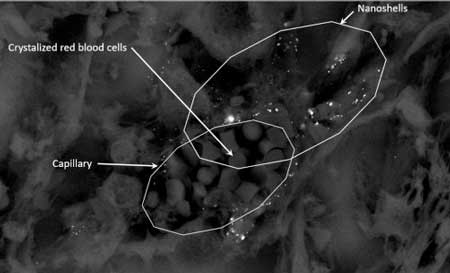
Micropumps as a platform for understanding chemically propelled micromotors
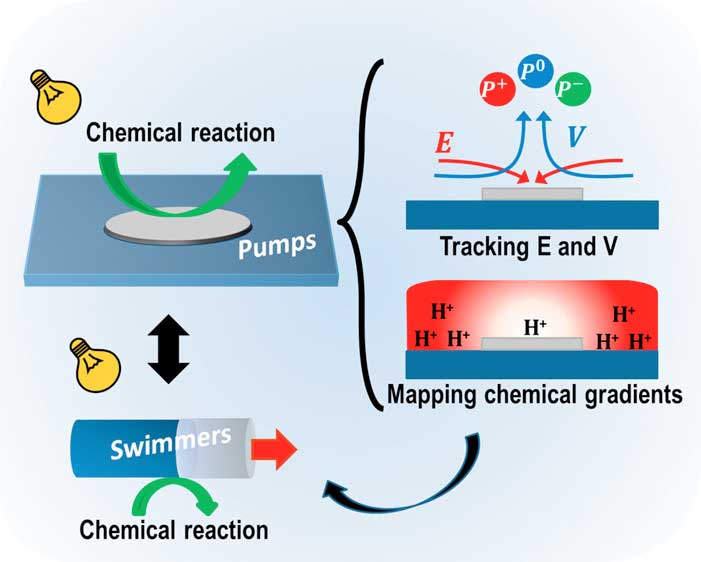
Nanoclusters on graphene make fast and powerful aqueous hybrid capacitor
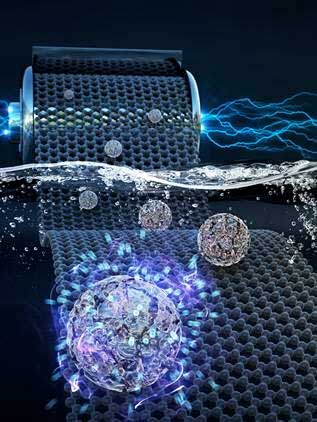
Intense tests reveal elusive, complex form of common element
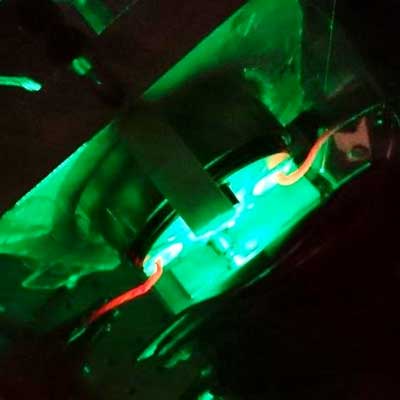
Nanoscale process may speed arrival of cheaper hi-tech products
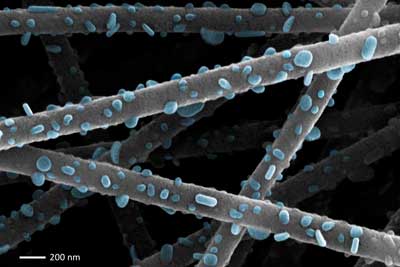
Directivity to improve optical devices
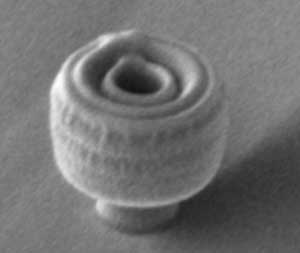
New insulating state found in stretched graphene
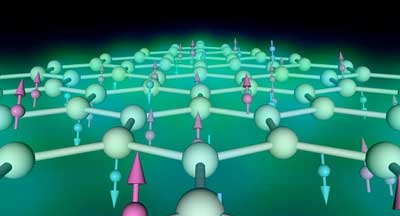
Subscribe to:
Comments (Atom)
